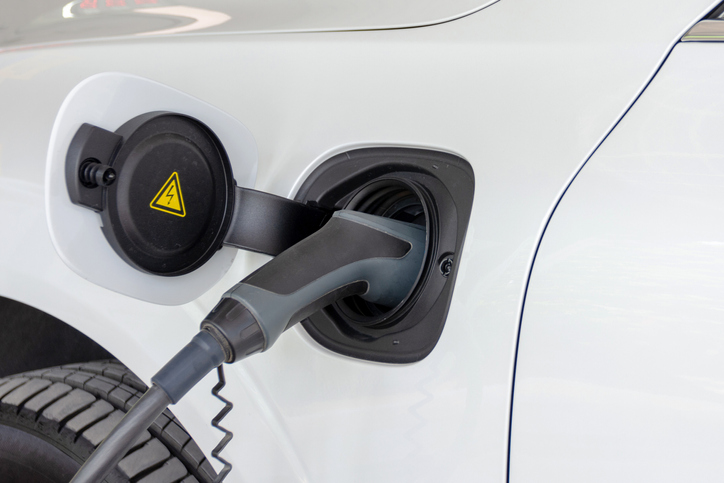As electric vehicles (EVs) become increasingly popular, the importance of EV charger safety cannot be overstated. Charging an EV requires connecting it to an electrical source. While this process is relatively simple, following safety guidelines to prevent accidents and ensure a worry-free charging experience is crucial. Here, we’ll unveil four expert tips that will help you navigate the world of EV charger safety, allowing you to charge your vehicle with confidence and peace of mind.
1. Choose Reliable Charging Equipment
One of the primary pillars of EV charger safety is the selection of reliable charging equipment. Opting for chargers manufactured by well-known and reputable brands with a proven track record in the industry is essential. These established brands often adhere to stringent quality control standards, ensuring their chargers meet all relevant safety certifications and standards. Investing in a reputable charger might have a higher initial cost, but it provides an invaluable safety layer. Inferior or off-brand chargers might have yet to undergo rigorous testing and could potentially lead to hazardous situations during the charging process.
2. Inspect Cables and Plugs
Regular inspection of charging cables and plugs is an often overlooked yet critical aspect of EV charger safety. Over time, exposure to various weather conditions and general wear and tear can lead to cable damage, such as fraying or cracking of the insulation. Damaged cables pose a significant safety risk, potentially resulting in electric shock or even fires. To maintain a safe charging environment, make it a habit to examine the condition of your charging cables and plugs routinely. If you notice any signs of wear or damage, it is imperative to replace the compromised components promptly to ensure the integrity of the charging process.
3. Avoid Extension Cords
The use of extension cords for EV charging is strongly discouraged due to their potential safety hazards. Extension cords are not designed to handle the high current demands of EV charging, which can result in overheating and create a fire risk. To maintain a safe charging experience, position your electric vehicle near the charging station. This eliminates the need for extension cords and minimizes the chance of overheating issues that could jeopardize your vehicle and your safety.
4. Be Cautious of Outdoor Charging
Charging your EV outdoors offers convenience but demands extra precautions to ensure safety. Environmental exposure, such as rain, snow, or other environmental factors, can lead to potential hazards during charging. Ensuring the charging station and all connections and components are adequately protected from adverse weather conditions is crucial. This measure helps prevent water damage, reduces the risk of electrical accidents, and contributes to the overall safety of the charging process.
Prioritizing electric vehicle charger safety is paramount as we embrace the EV revolution. By implementing these four expert tips, you can significantly mitigate potential risks. At Excel Electric in Eugene, OR, we offer services like EV charging installation to safeguard your charging process, so contact us today to learn more.

